Occupational safety training for working in a shipyards factory
99,000 ₫
Note: The above price is calculated per person, and the price may fluctuate depending on the number of participants in the course and market movements. For more accurate pricing support, please refer to the price list or contact our consulting staff directly.
Occupational safety is an important issue at a shipyards factory and needs to be addressed promptly to ensure the health and safety of workers and enhance the reputation of businesses there. The Occupational Safety Training course by An Toan Nam Viet is one of the effective solutions to raise awareness about how to prevent workplace accidents for workers in the shipbuilding factory.
Table of Contents
Toggle1. Overview of Shipyards
a. What is a Shipyard?
A shipyard is a manufacturing facility specialized in constructing, assembling, and finishing ships. Shipyards typically have modern production lines and professional workshops to handle different stages of shipbuilding, including design, cutting, welding, assembly, finishing, and final inspection.
Shipyards usually possess strong facilities and equipment capable of handling large and complex tasks. Ships built at shipyards may include fishing vessels, cargo ships, oil tankers, cruise ships, passenger ships, military vessels, and other types of ships.
The shipbuilding process in a shipyard is usually carried out by a team of engineers, workers, and skilled craftsmen. The technology and methods used can vary depending on the shipyard’s technology and production processes.

b. Shipyards in Vietnam
In Vietnam, there are several well-known shipyards with strong capabilities for large ship construction. Here are some examples:
- Shipyard 189 (Vinashin) – One of the largest and most reputable shipyards in Vietnam. This shipyard belongs to Vietnam Shipbuilding Industry Group (Vinashin) and can construct and repair large ships including container ships, oil tankers, passenger ships, and cargo ships.
- Vung Tau Shipyard (VT-shipbuilding) – A famous shipyard in Vung Tau city, Ba Ria – Vung Tau province. It can build and repair industrial ships, cargo ships, tugboats, and fishing vessels.
- Haiphong Shipyard – One of the oldest and most reputable shipyards in Haiphong, specializing in fishing vessels, cargo ships, and cruise ships.
- Dong Hai Shipyard – Located in Quang Yen city, Quang Ninh province. It can construct and repair fishing vessels, cargo ships, and cruise ships.
These shipyards play an important role in developing the shipbuilding industry in Vietnam and meeting domestic and international market demands.

2. Overview of Occupational Safety Training in Shipyards
a. What is occupational safety training?
- Occupational safety training is an intensive course on workplace safety for those working in industries, construction, manufacturing, and other high-risk occupations. This training is organized by Nam Viet’s occupational safety training centers in shipyards.
- In this course, trainees are provided with the knowledge and skills needed to ensure safety for themselves and their colleagues during work. Topics include safety laws and regulations, identifying and assessing potential risks, methods to inspect and maintain safety equipment, first aid skills, and emergency response.
- For businesses, providing safety training not only improves employees’ skills and efficiency but also ensures compliance with occupational safety regulations and reduces the risk of workplace accidents during production and business activities.
REGISTER FOR OCCUPATIONAL SAFETY TRAINING SERVICE
b. Training duration
Occupational safety training duration depends on factors such as job type and industry. However, the total training time for each group is regulated under Article 19 of Decree 44/2016/ND-CP
- Group 1: 16 hours
- Group 2: 48 hours
- Group 3: 24 hours
- Group 4: 16 hours
- Group 5: 16 hours
- Group 6: 4 hours
c. Training content
Occupational safety training content includes knowledge and skills to reduce workplace accident risks and ensure the safety of employees and company assets. Specifically, training may include:
- Knowledge of occupational safety laws and regulations of the state and the enterprise.
- Understanding risks and types of workplace accidents.
- Skills to use personal protective equipment and general safety devices.
- Methods to minimize workplace accident risks and ensure safe working conditions.
- Emergency response procedures and rescue organization in case of accidents.
- Knowledge of workplace environmental protection.
Training content can also be adjusted to suit specific industries and working conditions.
d. Occupational safety certificate
Occupational safety and hygiene certificate
- Certificate template is described in Form 08, Appendix II, Decree 44/2016/ND-CP, and is issued for Groups 1,2,5,6.
- The certificate measures 13 cm x 19 cm, with a sky-blue cover.

- The front content is shown above
- The inside page has a white background with content as shown below.

- Card template described in Form 06, Appendix II, Decree 44/2016/ND-CP.
- Group 3 employees will be issued an occupational safety card (commonly called Group 3 occupational safety certificate ).
- The card measures 60 mm x 90 mm with front and back content shown below.

Employers can issue Group 3 occupational safety cards to trainees after passing the test and having an employment contract between the parties.
- Template for Groups 1, 2, 5, 6 described in Form 09, Appendix II, Decree 44/2016/ND-CP.
- Template for Group 3 described in Form 10, Appendix II, Decree 44/2016/ND-CP.
- Template for Group 4 described in Form 11, Appendix II, Decree 44/2016/ND-CP.
- Group 4 is only issued a monitoring book, not a Group 4 safety certificate.
- Content of Group 4 book is shown below.

3. Employment in Shipyards
Employment in shipyards provides numerous opportunities for technical experts, workers, and support staff. Some common positions in shipyards include:
- Naval Engineer: Responsible for designing and managing the ship construction process, planning, designing structures and systems, supervising production, and ensuring safety and quality standards.
- Welding and Cutting Worker: Performs welding and cutting processes to create ship components and structures using specialized tools and machinery.
- Assembly and Finishing Worker: Assembles ship parts and systems including engines, electrical systems, ventilation, interiors, and equipment, ensuring proper functioning and standards compliance.
- Electronics Technician: Installs, maintains, and repairs electronic equipment on ships, troubleshooting control systems, lighting, measuring instruments, and other devices.
- Project Manager: Manages the entire ship construction process from start to finish, planning, assigning tasks, and supervising progress.

4. Main causes of workplace accidents in industrial zones
The main causes of workplace accidents in industrial zones include:
- Non-compliance with occupational safety standards: Some industrial zones do not meet safety standards or lack personal protective equipment for workers.
- Insufficient employee training: Some workers are not fully trained in workplace safety and do not know how to use personal protective equipment.
- Lack of safety equipment: Some zones lack safety equipment such as ladders, railings, emergency exits, fire-fighting systems, etc.
- Insufficient supervision: Some zones do not have safety supervisors or supervision is inadequate, not checking equipment and safety systems regularly.
- Excessive working hours: Some workers work too long without sufficient rest, causing fatigue and mistakes.
- Non-compliance with safety regulations: Some workers do not follow safety regulations or fail to wear sufficient protective gear, leading to accidents.

5. Measures to Control Occupational Accidents in Shipyards
To control occupational accidents in shipyards, safety measures and adherence to relevant regulations are very important. Below are some measures that should be implemented:
- Compliance with occupational safety regulations: Shipyards need to comply with national and international occupational safety regulations and procedures. This includes providing and ensuring the use of personal protective equipment, ensuring safety during work, and training employees on occupational safety.
- Ensuring adherence to safety procedures: Shipyards need to establish and maintain specific safety procedures for each job and process in shipbuilding. This includes ensuring that workers are trained in occupational safety, work procedures are carried out correctly, and equipment and machinery are regularly maintained and serviced.
- Inspection and maintenance of equipment: Equipment, machinery, and systems in shipyards need to be periodically inspected to ensure safe and effective operation. Regular maintenance and repair of faulty equipment are necessary to prevent accidents and unwanted incidents.
- Training and raising awareness: Training and raising awareness of occupational safety are important in reducing occupational accidents. Shipyards need to ensure that all staff and workers are trained in safety procedures, use personal protective equipment, and recognize hazards and preventive measures.
- Risk management and supervision: Shipyards need to assess and manage potential occupational hazards during shipbuilding.
- Regularly conduct workplace environment monitoring in factories, collect and analyze harmful factors to employees, and adjust to reduce hazards to prevent occupational diseases.
6. Benefits of Occupational Safety Training
An Toan Nam Viet provides your enterprise with the following benefits after completing occupational safety training courses in accordance with Decree 44/2016/ND-CP on occupational health and safety for companies, factories, and enterprises.
- Employees can identify potential risks of occupational accidents and take preventive measures to avoid accidents.
- Your enterprise can establish risk prevention measures in production, operation, and maintenance processes.
- Reduce costs associated with potential safety hazards in the workplace.
- Uninterrupted production helps increase labor productivity and product quality.
- Compliance with occupational safety laws, avoiding legal risks.
- Enhances reputation and professionalism, thereby elevating the enterprise’s brand.
Nam Viet’s training courses are a solution to prevent and protect individuals from external hazards that could lead to injury or, in severe cases, death.
REGISTER FOR OCCUPATIONAL SAFETY TRAINING SERVICE
7. Customer Feedback After Completing the Training
An Toan Nam Viet has many years of experience accompanying numerous enterprises in Vietnam in general and in the southern provinces in particular. This responsibility is extremely valuable to Nam Viet, which is why Nam Viet’s Occupational Safety Training is increasingly professional. The motivation for An Toan Nam Viet’s growth comes from positive feedback and suggestions from enterprises. Below are some feedback from our partners we have served.
Bac Nam E&C Construction Investment Joint Stock Company
“My first experience with An Toan Nam Viet was surprising due to the 24/7 enthusiastic support from the consulting team. Organizing the training was quick and convenient for our company, thank you very much for Nam Viet’s service!”
Hoa Dat Construction and Trading Joint Stock Company
“Nam Viet’s service helped us a lot in simplifying occupational safety and completing safety documentation for our operations. The consulting team is enthusiastic and timely in addressing our questions. 5 stars for Nam Viet.”
See more customer interviews after using the service of An Toan Nam Viet
8. An Toan Nam Viet’s Occupational Safety Training Capacity
An Toan Nam Viet is a reputable and high-quality occupational safety training center in Vietnam. Training sessions are continuously conducted at production workshops, factories, or construction sites nationwide (63 provinces in Vietnam).
REGISTER FOR OCCUPATIONAL SAFETY TRAINING SERVICE
Occupational Safety Training License
- An Toan Nam Viet has been inspected and certified by the Department of Occupational Safety of the Ministry of Labor – Invalids and Social Affairs and granted certification to operate occupational safety and hygiene training. This further strengthens our occupational safety training capacity.

Training Materials and Lectures
- Before being used in occupational safety training courses, all training materials are reviewed and approved to ensure accuracy and effectiveness.
- The teaching methods of instructors are standardized according to An Toan Nam Viet standards, based on research and experience from occupational safety experts, to ensure the highest knowledge absorption for trainees.
Facilities
- Controlling classroom factors affecting the training process enhances teaching efficiency and trainee knowledge absorption.
- Our training facilities provide spacious classrooms meeting standards for area, lighting, and training equipment.
9. Nationwide Reputable Occupational Safety Training Center
At An Toan Nam Viet, we prioritize occupational safety training. For us, teaching workers to protect themselves provides them with safety skills for their livelihood and contributes to nation-building.
To ensure effective training, we meticulously prepare every detail, from tools, teaching equipment to curriculum, materials, audio, and lighting.
Our instructors are experienced specialists who even conduct research to identify hazards in all industries and ways to prevent them.
Lectures are based on real-world experience, delivered vividly and understandably to workers, ensuring comfort and effective knowledge absorption, strictly following Decree 44/2016/ND-CP.
Thus, workers learn preventive measures and how to protect themselves, applying them appropriately in practice.
Our training center is proud to provide professional, reputable occupational safety training with the following advantages:
- Competitive training costs while ensuring quality.
- Flexible training schedule according to enterprise production needs.
- Quick and compliant certification procedures.
- Experienced instructors with long-term expertise.
- Classroom factors controlled to enhance teaching efficiency and knowledge absorption.
- Lectures tailored to enterprise occupational safety requirements.
- An Toan Nam Viet works diligently and professionally to support customers accurately and quickly.

10. Additional Occupational Safety Training Materials
- Occupational safety materials when working in shipyards
- Occupational safety training materials set
- Occupational safety training test set
- Occupational safety multiple-choice test in shipyards
- Slides for occupational safety training in shipyards
1 review for Occupational safety training for working in a shipyards factory
No comments yet

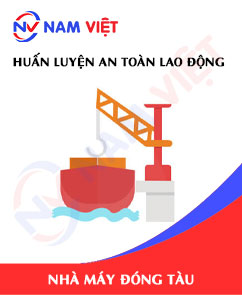
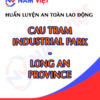
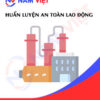



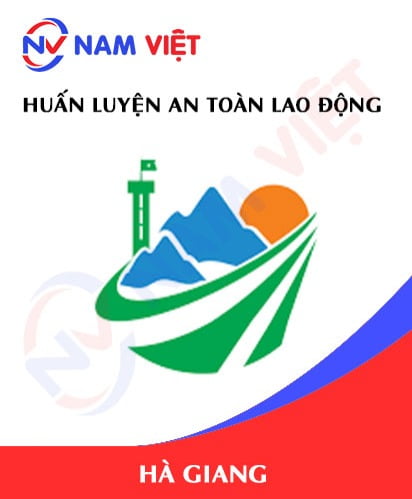
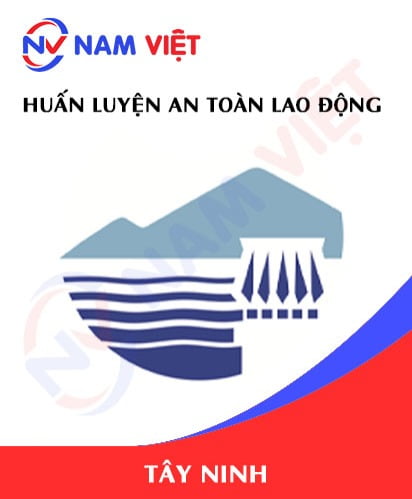
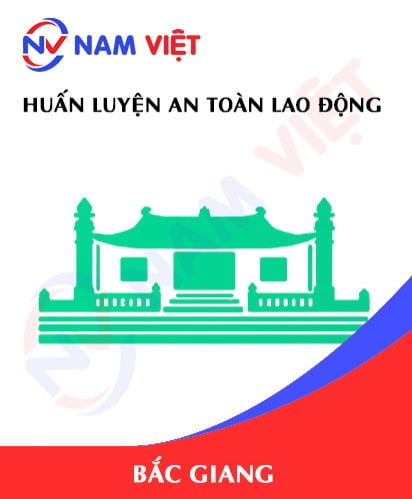
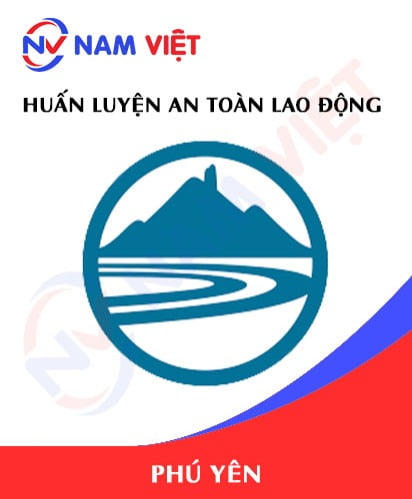
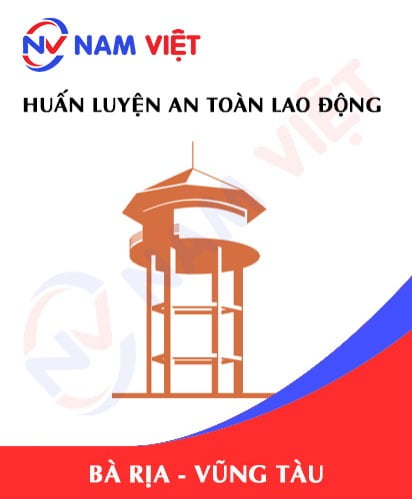
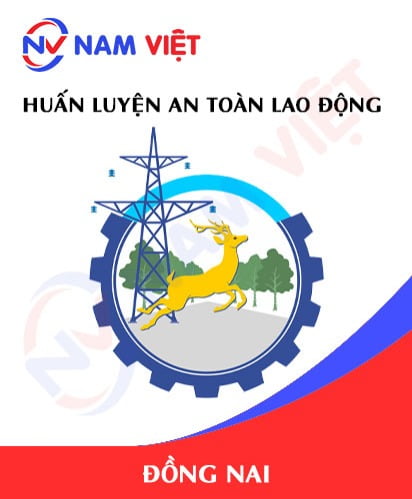
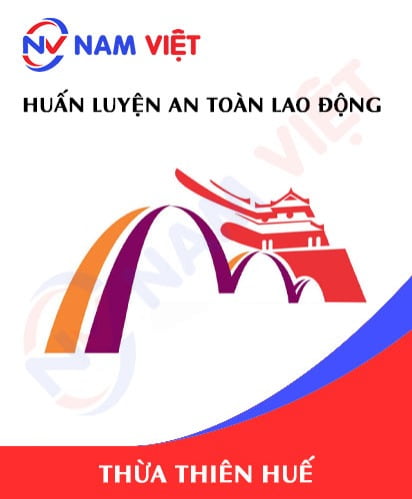

caotiensyhung.07081999
Dịch vụ tốt nhé